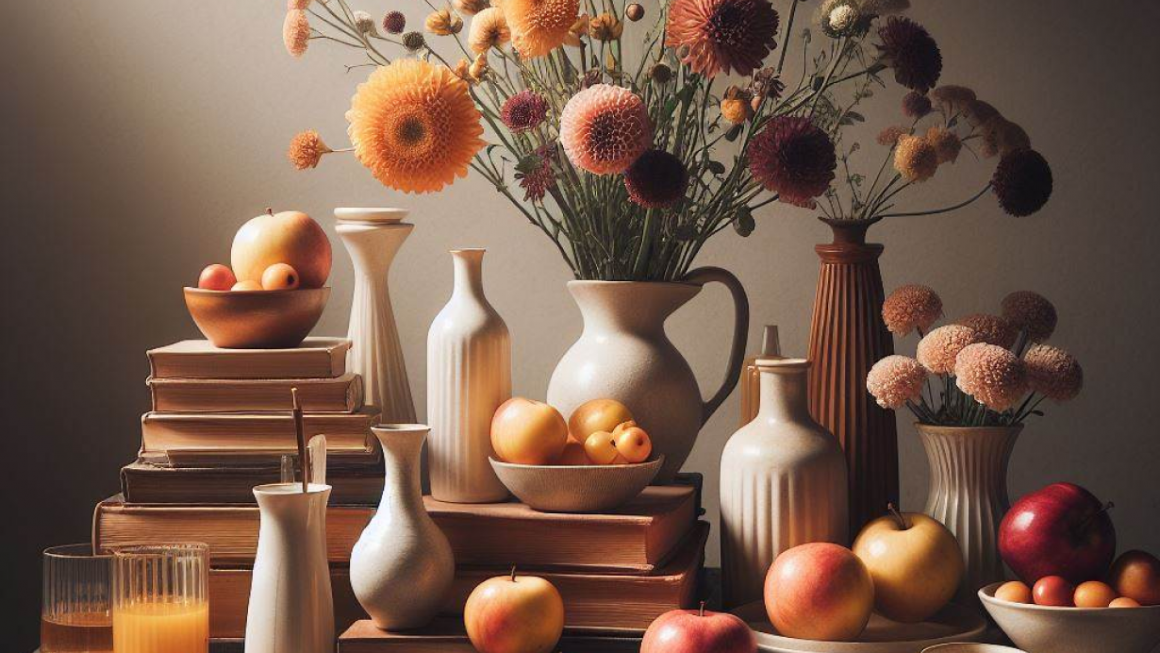Learning the fundamentals of composition is key to taking photos that really stand out. Whether you’re shooting with your phone’s camera or a high-end mirrorless system, the principles discussed here will help your photos stand out from the crowd. Many photographers find inspiration in unexpected places like Google Photos while organizing their online photo library or exploring advanced editing options. This text aims to give beginners a foundation for capturing better shots and organizing photographs in one convenient place – Google Photos.
The Rule of Thirds
Most photography lessons will cover the rule of thirds at some point. This compositional guideline is one of the first concepts photographers learn to keep images balanced and interesting to the eye. Many photo editing apps and software have a rule of thirds overlay to help evaluate compositions.
Using Lines and Geometry
Another powerful compositional tool is incorporating diagonal and curved lines into your frames. Leading lines can direct the eye throughout an image in captivating ways. Advanced photographers experiment with geometric shapes and forms to achieve visually cohesive designs. It takes practice to see opportunities to incorporate these techniques on every shoot.
Framing With Intention
Framing a subject purposefully is key to showing context while avoiding clutter. Apps like Google Photos make it easy to crop images precisely during the editing process. Beginners can analyze published photos for ideas on negative space proportions.
Finding Inspiration in Unexpected Places
When starting out, analyzing published photographs provides composition inspiration. Google Photos offers automatic organization of photos and videos into categories like portraits, landscapes, selfies and more for easy discovery of your best shots. The app’s search function lets you find photos quickly by location, content or people.
Continuing to Experiment and Refine
Mastering any photographic skill requires continuous learning and hands-on practice. More advanced amateurs may join online forums and take photography workshops to refine their craft. Google Photos is the perfect home for building your photo library, with features like face tagging that make images searchable alongside free unlimited storage of high quality images and videos.
Additional Resources
Check out Google Photos’ help center for detailed explanations of features like creating photobooks, prints and customizable greeting cards from your memories. Every Google account comes with 15GB of free storage for photos and videos automatically backed up from smartphones, making it easy to free space on devices. Advanced editing tools let you apply content-aware filters to old screenshots and precious photos from the past.



